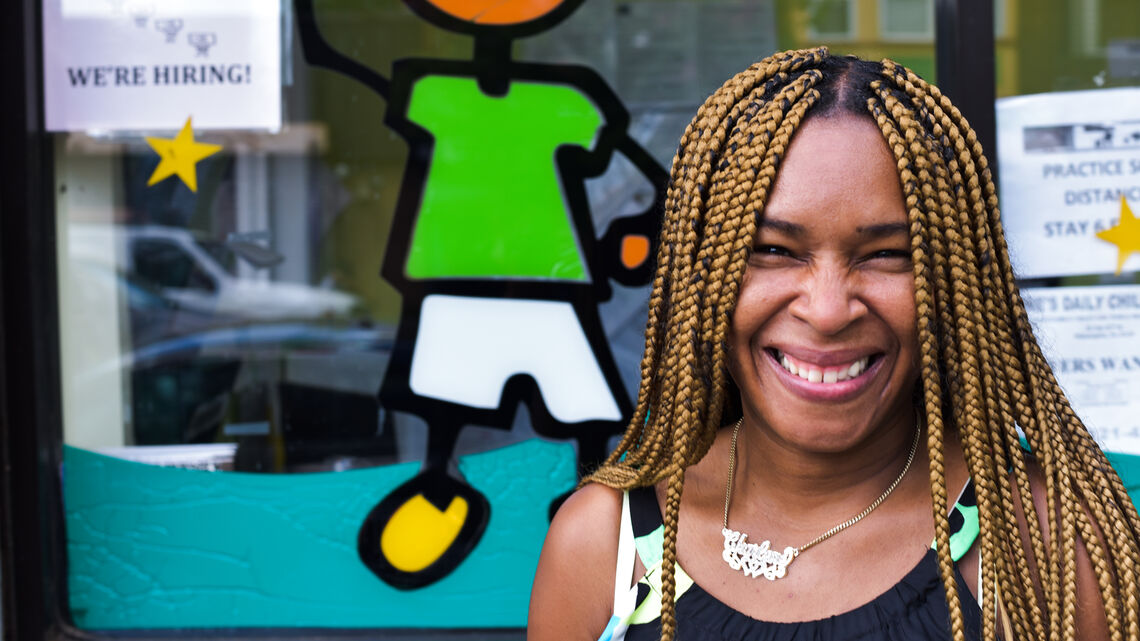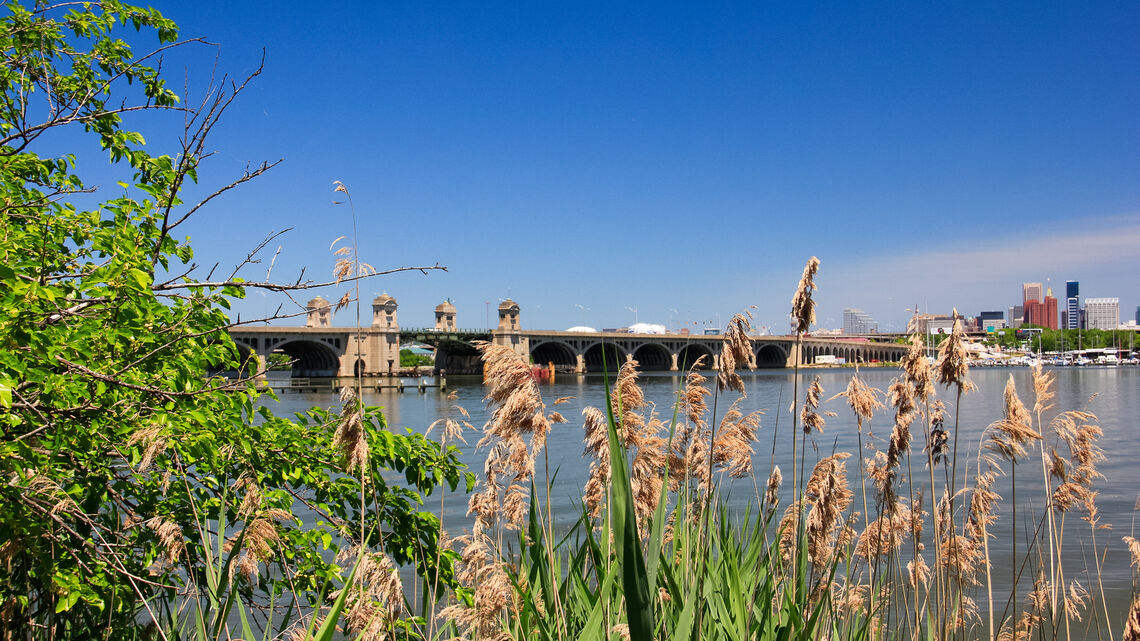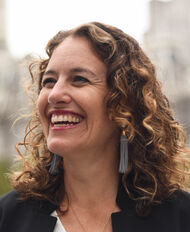musings
Planning for Equitable Economic Development in Philadelphia’s Navy Yard

Dive deeper into Urbane’s role in creating retail and crowdfunding strategies to help provide a roadmap for the Navy Yard to become an engine for equitable economic development for the City of Philadelphia.
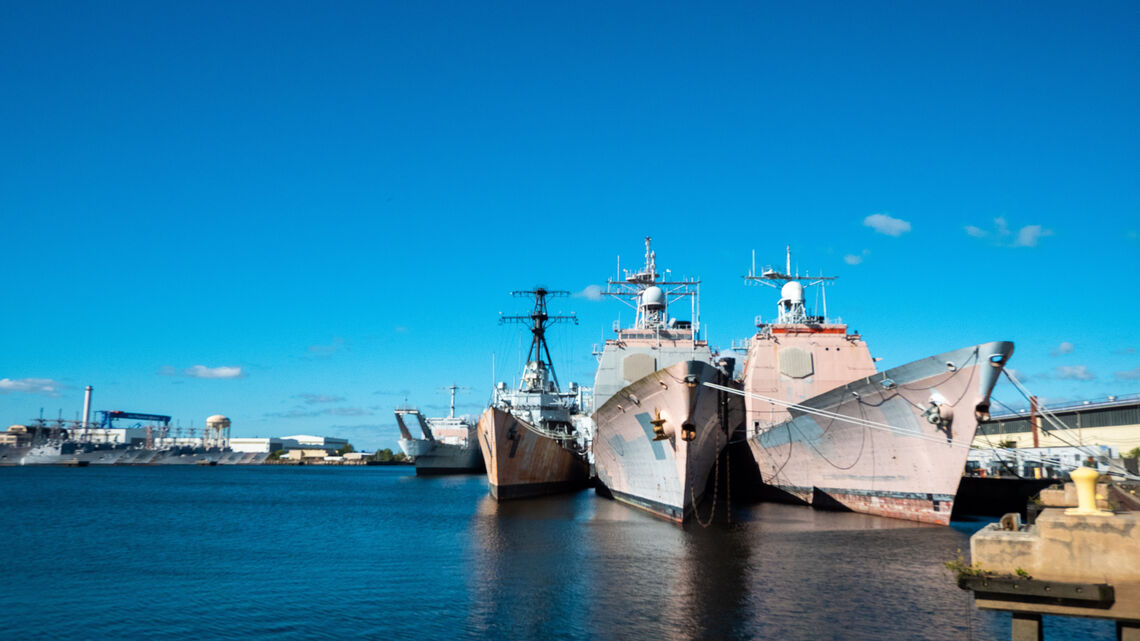
For those who are unfamiliar with the Navy Yard as it exists today, allow us to paint a picture from the perspective of 250 surveyed Philadelphians who Urbane asked to think of three words that describe it.
Industrial, historic, beautiful, corporate, green, spacious, and quiet were all common responses. Many came clean and said that they did not have any words for it, or simply that it felt far away. But the most popular word, written by almost a tenth of all respondents, was potential.
The Navy Yard’s potential to offer more to Philadelphia residents sits at the root of the current planning process for the site. PIDC acquired the Navy Yard in 2000 and has since been guiding its transformation from a military asset to a diversified job center and public space. Today, the 1,200-acre area encompasses around 170 employers of varying sizes, a few lunch spots, multiple parks, and a peaceful waterfront walk with views of some of the ships that have been built at the Navy Yard since 1876, among other things. PIDC recently selected Ensemble and Mosaic to co-develop 109 acres of the site and create, for the first time, a residential neighborhood. The new homes will be situated among other interconnected uses at the Navy Yard, which may include everything from parks, storefronts, and community facilities to office, industrial, and job training or business acceleration space.
PIDC and Ensemble/Mosaic tasked a team of consultants to update a master plan for the Navy Yard and help shape the development to come. The planning team, led by James Corner Field Operations, has a guiding vision of a Navy Yard that is radically welcoming. Urbane’s purpose on this team is to create a retail strategy and a crowdfunding strategy. The goal of our work is to provide a roadmap for the Navy Yard to become an engine for equitable economic development for the city of Philadelphia.
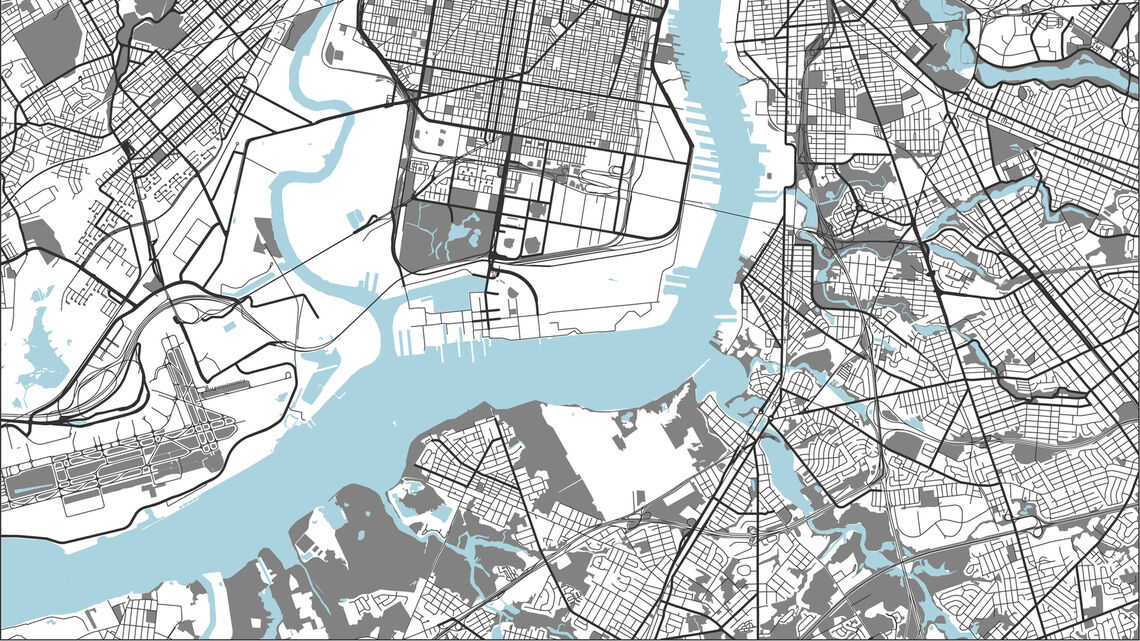
Long before we began surveying and interviewing Philadelphians to understand what that goal could mean to them, some of Urbane’s Philly contingent found ourselves staring into the Delaware River from the Navy Yard’s Riverfront Greenway, clutching hoagies from DiNic’s for warmth, and trading ideas about what that goal meant to us.
With COVID vaccines becoming more widely available, we were just beginning to emerge from the worst of the pandemic winter. We spent the last year speaking with BIPOC small business owners about the types of capital and support they want to see in Philadelphia, so these entrepreneurs were top of mind. How could the Navy Yard help satiate the widely held desire for strong peer networks, mentorship, and connections to quality professional service providers? Could it also create affordable infrastructure for the food and light manufacturing business owners who were carving out their path to growth? Was it possible to harness its workforce training and recruitment power to make critical connections between small businesses and a strong talent pool?
Urbane was also in the midst of developing the 215 Fund at that time, which put us deep in the weeds on research into community wealth and community investment. Looking around at the frost-covered parks, the shipbuilding infrastructure, the cottages housing small businesses, and the newest life science buildings, we considered: what might it look like for the Navy Yard to be a wealth-building asset owned collectively by residents and organizations throughout the city?

PIDC and Ensemble/Mosaic put equitable economic development at the heart of the planning process. PIDC’s prerogative is a Navy Yard that generates jobs and small business growth opportunities, and Ensemble/Mosaic have created a veritable case study in best practices for M/WBE participation in every aspect of the Navy Yard’s planning, development, and operations. Ensemble/Mosaic have also introduced a unique crowdfunding opportunity to the project. Through their initiative, Philadelphians who are not accredited investors – that is, those who make less than $200 thousand annually or have less than $1 million in net worth; in other words, the vast majority of the city’s residents – will have the opportunity to invest in the real estate that the development team will build at the Navy Yard.
One of Urbane’s roles on the project is to help Ensemble/Mosaic build a strategy to share the investment opportunity with Philadelphia residents from across the city. We have hosted one-on-one conversations with community leaders who represent neighborhoods and cultural groups throughout the city; surveyed 250 residents from across age, racial, and income groups; and conducted focus groups with potential investors who may have specific reasons to invest – or not invest. The research set out to understand how people perceive the Navy Yard’s potential, what outcomes they seek when they invest, and whether the crowdfunding opportunity holds appeal as a method to build wealth. The engagements have made clear that many Philadelphians value the opportunity to invest in their communities and build both personal and community wealth.
On a parallel track of the project, our team has been in conversations with small business liaisons, business owners, arts and cultural groups, and workforce development providers about how the space at the Navy Yard should be used. The discussions have spanned concepts from shared production space and food halls in fallow industrial buildings to arts programming in open spaces. With PIDC’s and Ensemble/Mosaic’s commitments to equitable economic development and the partnership of myriad citywide organizations, the Navy Yard is poised to become a regional destination that also actively supports BIPOC-owned small businesses and launches quality careers.
The success of the project would mean that those who invest in the Navy Yard would not only build wealth for themselves and their families, but they would also invest in the infrastructure for other Philadelphia residents to build wealth through entrepreneurship. They would invest in good jobs for their neighbors and a good place to grab dinner on a Saturday night. Engagement with Philadelphians has shown that this added dimension is a compelling reason to invest. Ultimately, the initiative presents a tool for Philadelphians to build personal wealth through a community-owned and community-serving asset.
